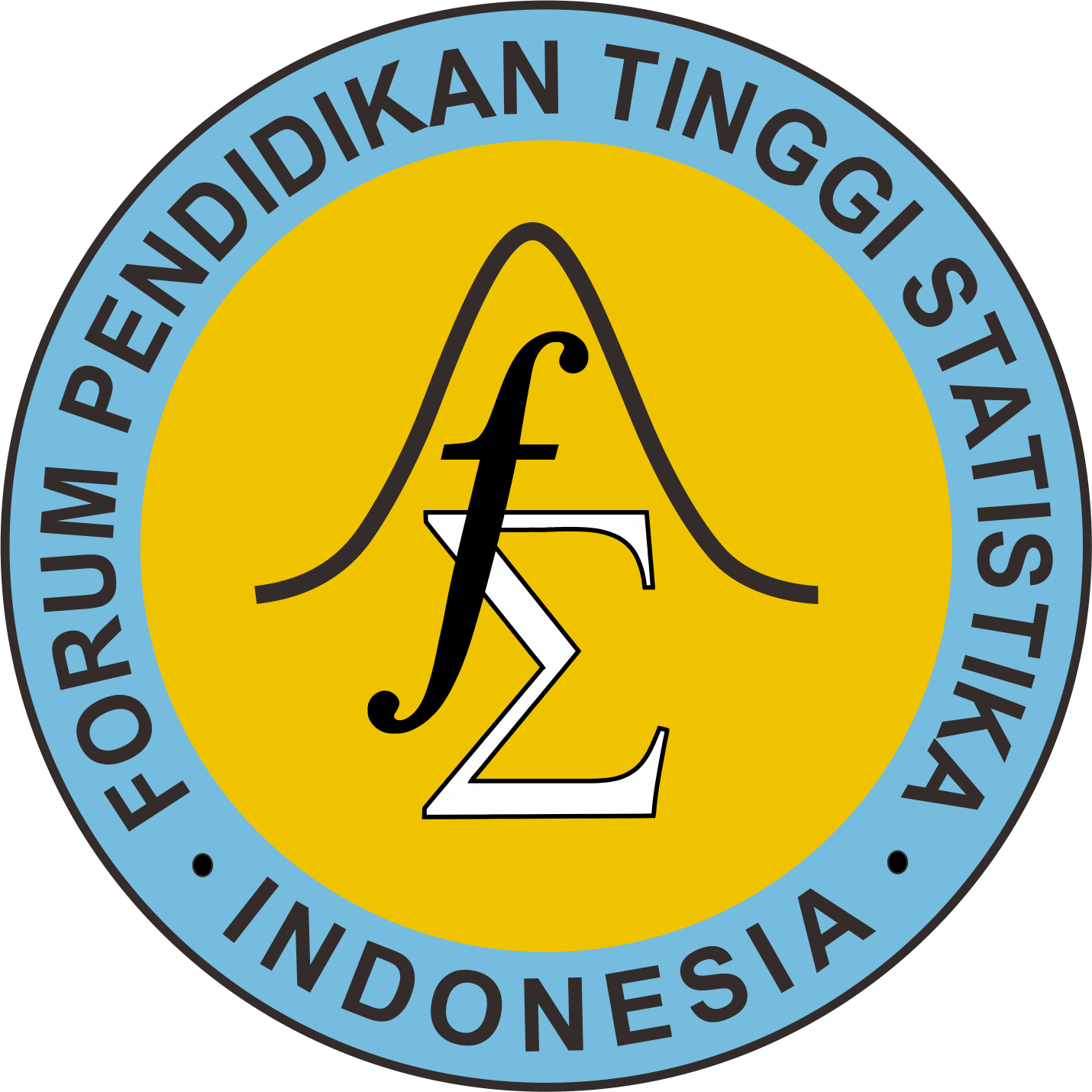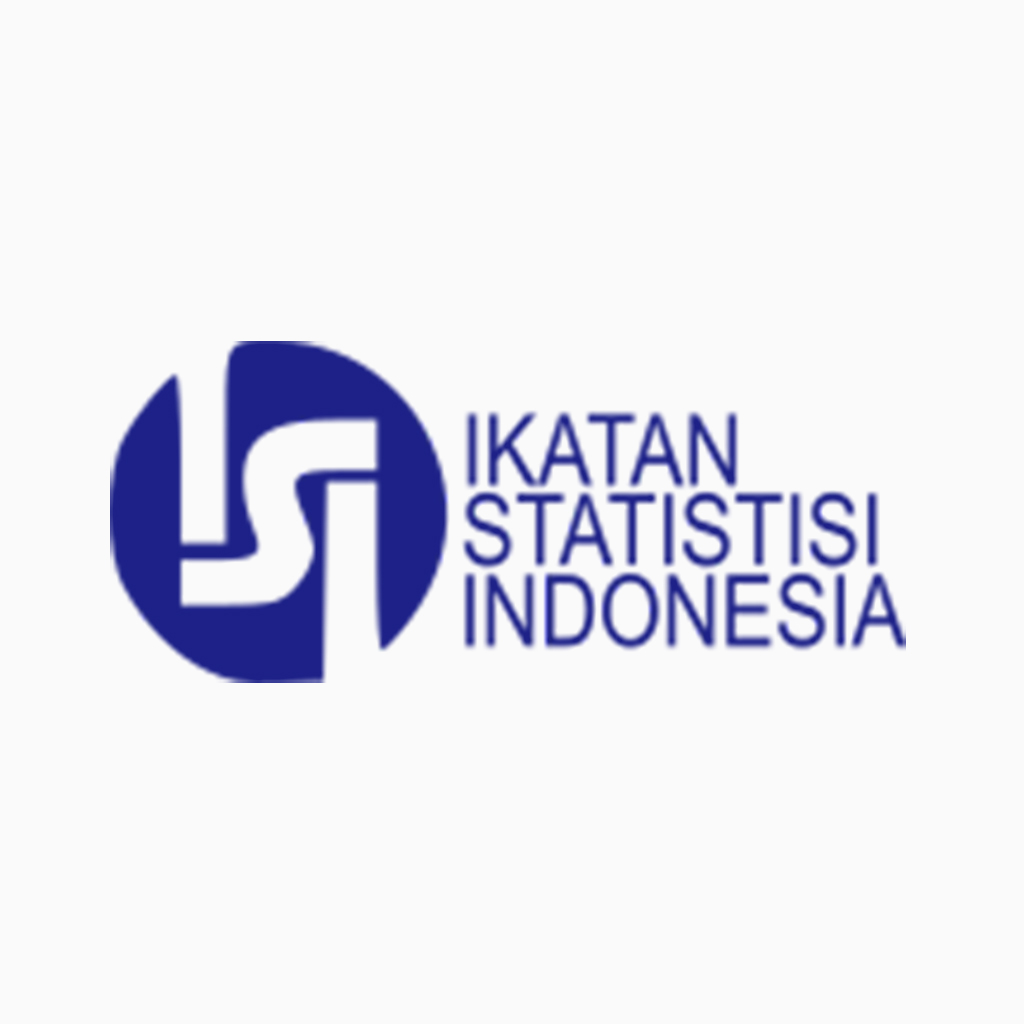THE EFFECT OF JOB INSECURITY ON MULTIDIMENTIONAL FATIGUE DUE TO WORK IN ENGINEERING SUPPORTING WORKERS FOR POWER PLANT REPAIR SERVICES
(1) Occupational Safety and Health Engineering Study Program, Department of Marine Engineering, Shipbuilding Institute of Polytechnic Surabaya, Indonesia
(2) Master of Safety and Risk Engineering, Shipbuilding Institute of Polytechnic Surabaya
(3) Design and Manufacturing Engineering Study Program, Department of Marine Engineering, Shipbuilding Institute of Polytechnic Surabaya
(*) Corresponding Author
Abstract
Full Text:
PDFReferences
A. Rosen et al., “No Covariance structure analysis of health-related indicators for elderly people living at home, focusing on subjective sense of healthTitle,” Teach. Teach. Educ., vol. 12, no. 1, pp. 1–17, 2015, [Online]. Available: http://dx.doi.org/10.1080/01443410.2015.1044943%0Ahttp://dx.doi.org/10.1016/j.sbspro.2010.03.581%0Ahttps://publications.europa.eu/en/publication-detail/-/publication/2547ebf4-bd21-46e8-88e9-f53c1b3b927f/language-en%0Ahttp://europa.eu/.%0Ahttp://www.leg.st.
D. Michael, “Working Wives and Convenience Consumption,” J. Consum. Res., vol. 8, no. March, 1982.
Makhrus Shofi and Dadan Erwandi, “Hubungan antara Aspek Psikososial dengan Kelelahan Multidimensi Akibat Kerja pada Pekerja MIGAS PT.X selama Pandemi COVID-19,” PREPOTIF J. Kesehat. Masy., vol. 6, no. April, pp. 903–913, 2022.
C. Kurnia and A. M. N. Widigdo, “Effect of Work-Life Balance, Job Demand, Job Insecurity on Employee Performance at PT Jaya Lautan Global with Employee Well-Being as a Mediation Variable,” Eur. J. Bus. Manag. Res., vol. 6, no. 5, pp. 147–152, 2021, doi: 10.24018/ejbmr.2021.6.5.948.
L. . Rollman, M. Weiss, and H. Zacher, “British J of Management - 2021 - R llmann - Does Voice Benefit or Harm Occupational Well‐Being The Role of Job Insecurity.pdf.” .
M. Soelton, P. Amaelia, and H. Prasetyo, “Dealing with Job Insecurity, Work Stress, and Family Conflict of Employees,” vol. 120, no. Icmeb 2019, pp. 167–174, 2020, doi: 10.2991/aebmr.k.200205.031.
H. Burr et al., “The Third Version of the Copenhagen Psychosocial Questionnaire,” Saf. Health Work, vol. 10, no. 4, pp. 482–503, 2019, doi: 10.1016/j.shaw.2019.10.002.
L. P. Jelsness-Jørgensen et al., “The multidimensional fatigue inventory (MFI-20): psychometrical testing in a Norwegian sample of inflammatory bowel disease (IBD) patients,” Scand. J. Gastroenterol., vol. 57, no. 6, pp. 683–689, 2022, doi: 10.1080/00365521.2022.2029939.
F. Green, “Health effects of job insecurity,” IZA World Labor, no. December, pp. 1–11, 2020, doi: 10.15185/izawol.212.v2.
S. Usman and I. Yuliani, “Faktor-Faktor Yang Berhubungan Dengan Kelelahan Kerja Pada Karyawan Produksi PT Gerbang Sarana Baja Jakarta Utara,” J. Educ. Nursing(Jen), vol. 2, no. 1, pp. 141–146, 2019, doi: 10.37430/jen.v2i1.18.
S. S. Russeng, “Analisis Pegaruh Stres Kerja , Beban Kerja Dengan Kelelahan Kerja Terhadap Produktifitas Kerja Karyawan PT . Eastern Pearl Flour Mills Makassar Tahun 2020,” vol. 2, no. 1, pp. 21–35, 2021.
E. Smets, B. Garssen, A. Cull, and J. de Haes, “Application of the multidimensional fatigue inventory (MFI-20) in cancer patients receiving radiotherapy,” Br. J. Cancer, vol. 80, pp. 241–245, 1996.
M. Waluyo and I. Mm, “Mudah Cepat Tepat Penggunaan Tools Amos Dalam Aplikasi ( SEM ),” 2016.
M. Darwin and K. Umam, “Analisis Indirect Effect pada Structural Equation Modeling,” Nucleus, vol. 1, no. 2, pp. 50–57, 2020, doi: 10.37010/nuc.v1i2.160.
W. Vogt, “Structural Equation,” in Dictionary of Statistics & Methodology, 2015.
S. Sonnentag and F. R. H. Zijlstra, “Job characteristics and off-job activities as predictors of need for recovery, well-being, and fatigue,” J. Appl. Psychol., vol. 91, no. 2, pp. 330–350, 2006, doi: 10.1037/0021-9010.91.2.330.
E. Zarei, N. Khakzad, G. Reniers, and R. Akbari, “On the relationship between safety climate and occupational burnout in healthcare organizations,” Saf. Sci., vol. 89, pp. 1–10, 2016, doi: 10.1016/j.ssci.2016.05.011.
H. R. Aula, D. Kurniasih, and F. Rachman, “Psychological Capital Impacts on Safety Behavior of Contractor Workers using the SEM Method,” Indones. J. Occup. Saf. Heal., vol. 10, no. 2, p. 180, 2021, doi: 10.20473/ijosh.v10i2.2021.180-187.
G. Dash and J. Paul, “CB-SEM vs PLS-SEM methods for research in social sciences and technology forecasting,” Technol. Forecast. Soc. Change, vol. 173, no. July, p. 121092, 2021, doi: 10.1016/j.techfore.2021.121092.
T. van Huizen and R. Alessie, “Risk aversion and job mobility,” J. Econ. Behav. Organ., vol. 164, pp. 91–106, 2019, doi: 10.1016/j.jebo.2019.01.021.
P. Laksmitawati, G. Gunistyo, and M. Jalil, “The Impact of Career Development Optimism, Job Insecurity, and Work Engagement on The Performance of GSP Outsourcing Employees with Job Fatigue as A Mediating Variable,” 2022, doi: 10.4108/eai.28-5-2022.2320422.
Lambert, Henly, and Kim, “Precarious Work Schedules as a Source of Economic Insecurity and Institutional Distrust,” RSF Russell Sage Found. J. Soc. Sci., vol. 5, no. 4, p. 218, 2019, doi: 10.7758/rsf.2019.5.4.08.
J. Koen and M. J. van Bezouw, “Acting Proactively to Manage Job Insecurity: How Worrying About the Future of One’s Job May Obstruct Future-Focused Thinking and Behavior,” Front. Psychol., vol. 12, no. October, pp. 1–12, 2021, doi: 10.3389/fpsyg.2021.727363.
P.M. Bentler, “Comparitive Fit Indexes in SEM,” Psychol. Methods, vol. 22, no. 4, pp. 541–562, 1990, [Online]. Available: http://www.ncbi.nlm.nih.gov/pubmed/12152184.
E. Herlina and S. N. Azizah, “Pengaruh Internal Locus of Control, Job Insecurity, Beban Kerja terhadap Burnout pada Karyawan KSPPS Umat Sejahtera Mulia,” Eprints.Universitasputrabangsa, pp. 1–6, 2021, [Online]. Available: http://eprints.universitasputrabangsa.ac.id/id/eprint/310/.
Nainggolan, “PENGARUH JOB INSECURITY, STRES KERJA, DAN WORK-FAMILY CONFLICT TERHADAP BURNOUT KARYAWAN DI PT LOTTE SHOPPING INDONESIA CABANG MEDAN,” 2020.
J. R. Rizzo, R. J. House, and S. I. Lirtzman, “Role Conflict and Ambiguity in Complex Organizations,” Adm. Sci. Q., vol. 15, no. 2, p. 150, 1970, doi: 10.2307/2391486.
D. Irzani and A. D. Witjaksono, “Pengaruh konflik peran dan ambiguitas peran terhadap keinginan keluar karyawan dengan kepuasan kerja sebagai variabel mediasi pada PT Asuransi Raksa Pratikara di Surabaya,” J. ilmu Manaj., vol. 2, no. 1, pp. 266–281, 2014.
M. Sverke and K. Näswall, “Job Insecurity : A Literature Review,” Natl. Institure Work. Life Swedish Trade Unions Co-Operation, no. 1, 2006.
D. A. Ofori et al., “No Covariance structure analysis of health-related indicators for elderly people living at home, focusing on subjective sense of healthTitle,” Molecules, vol. 2, no. 1, pp. 1–12, 2020, [Online]. Available: http://clik.dva.gov.au/rehabilitation-library/1-introduction rehabilitation%0Ahttp://www.scirp.org/journal/doi.aspx?DOI=10.4236/as.2017.81005%0Ahttp://www.scirp.org/journal/PaperDownload.aspx?DOI=10.4236/as.2012.34066%0Ahttp://dx.doi.org/10.1016/j.pbi.201.
S. Saeed, I. Hassan, G. Dastgeer, and T. Iqbal, “The route to well-being at workplace: examining the role of job insecurity and its antecedents,” Eur. J. Manag. Bus. Econ., vol. 32, no. 1, pp. 47–72, 2023, doi: 10.1108/EJMBE-02-2020-0025.
A. C. Keim, R. S. Landis, C. A. Pierce, and D. R. Earnest, “Why do employees worry about their jobs? A meta-analytic review of predictors of job insecurity,” J. Occup. Health Psychol., vol. 19, no. 3, pp. 269–290, 2014, doi: 10.1037/a0036743.
D. J. Klein Hesselink and T. van Vuuren, “Job Flexibility and Job Insecurity: The Dutch Case,” Eur. J. Work Organ. Psychol., vol. 8, no. 2, pp. 273–293, 1999, doi: 10.1080/135943299398366.
Article Metrics
Abstract view : 202 timesPDF - 49 times
DOI: https://doi.org/10.26714/jsunimus.11.2.2023.51-62
Refbacks
- There are currently no refbacks.
Copyright (c) 2023 Jurnal Statistika Universitas Muhammadiyah Semarang
Editorial Office:
Department of Statistics
Faculty Of Mathematics And Natural Sciences
Universitas Muhammadiyah Semarang
Jl. Kedungmundu No. 18 Semarang Indonesia
Published by:
Department of Statistics Universitas Muhammadiyah Semarang
This work is licensed under a Creative Commons Attribution 4.0 International License







2.png)



